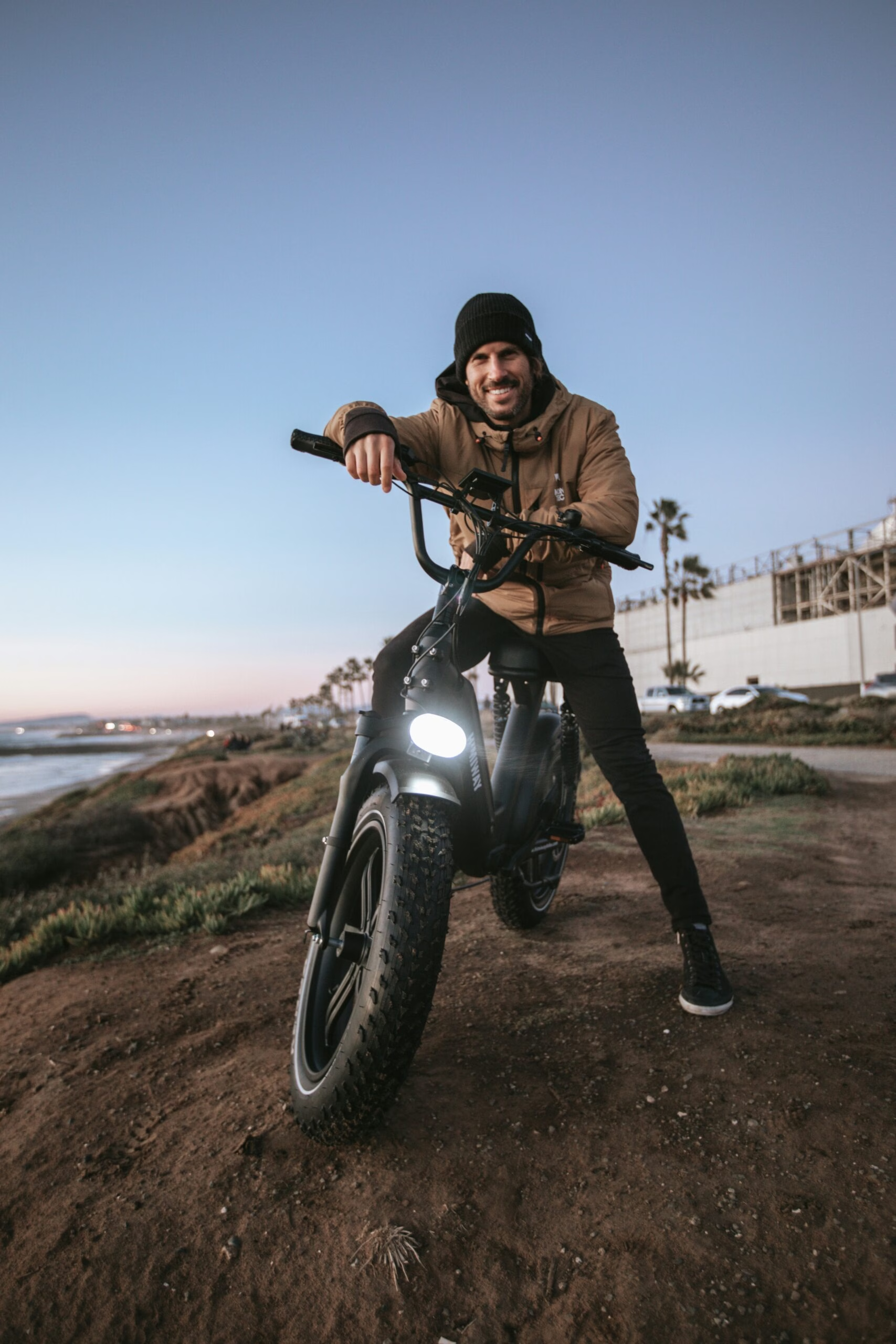Last week, we clicked on how Honda and its other Japanese brothers were late for the EV party. The biggest of the Japanese four sells nearly 20 million units annually, cornering a 35 percent global market share. It would be difficult to defend if the global E2W movement gathers momentum, considering that Honda hardly has anything to show regarding electric products.
Mobile Power Pack (MPP)
Honda has developed a removable battery – the Honda Mobile Power Pack (MPP). The first MPP was introduced in 2017 and contained 1.05 kWh of energy storage in a 10.9 kg package, generating 50.4V.
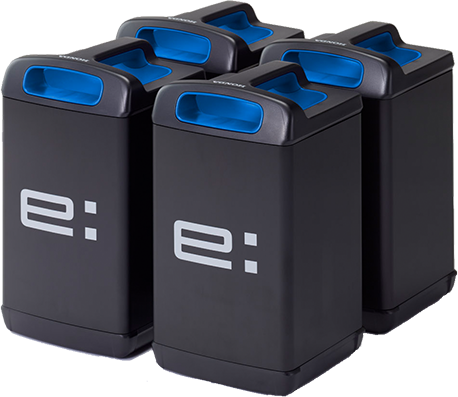
The gen-2 MPP was introduced in 2021, improving energy storage to 1.31 kWh as the cells moved to 21700s from 18650s.
Gen-3 MPP, launched with the EM1 e: scooter, further improved this energy storage to 1.475 kWh, where it stands today.
The present MPP dimensions are 296mm × 178mm × 155mm, and the weight is 10.3 kg.
Power Pack Exchanger
The MPP powers the EM1 e:, the Benly e:, and the Gyro e: scooters, essentially all of Honda’s electric scooters today. Honda is planning an entire range of two-wheelers powered by the MPP.
The MPP is a swappable battery format, and Honda plans to support it by rolling out a swapping network in key markets. Some early inroads have been made in important markets like India, where Honda has set up a separate company—Honda Power Pack Energy India.
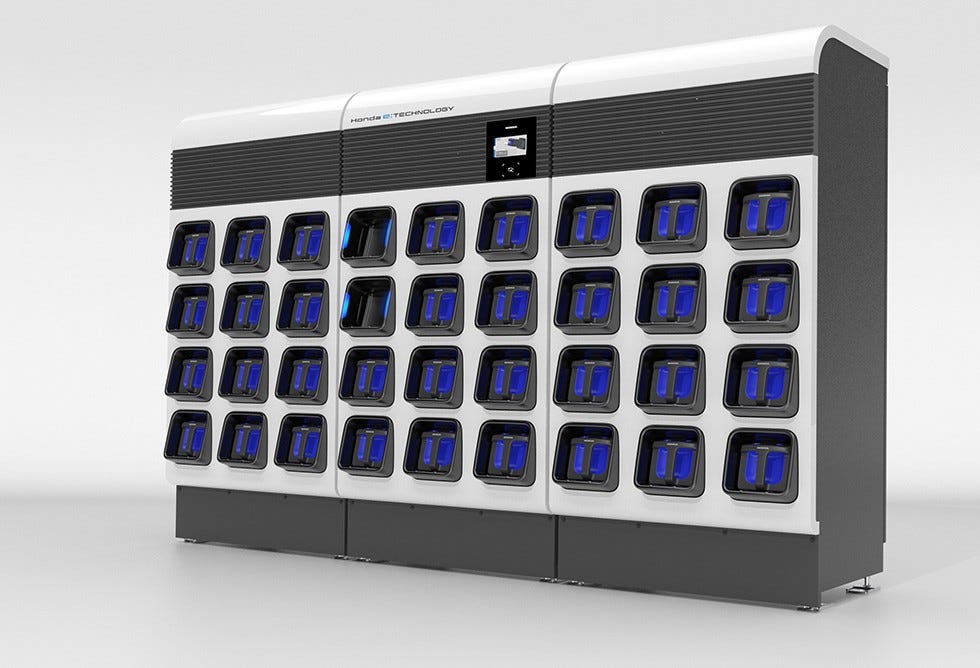
In its home market of Japan, Honda deploys the Benly e: and Gyro e: business scooters with fleet operators and government agencies like the postal department. Honda is also part of Gachaco, a battery-swapping consortium…
Gachaco
In April 2019, the Japanese four decided to form a network with the somewhat loose goal of collaborating to make electric motorcycles popular in Japan. The consortium was named the Replaceable Battery Consortium for Electric Motorcycles (RBCEM).
By March 2022, RBCEM had changed into Gachaco Inc., with ongoing participation from the Japanese big four players—Honda, Suzuki, Kawasaki, and Yamaha. The other partner in Gachaco is ENEOS Holdings Inc., an Oil, Gas, and Metals conglomerate.
ENEOS holds 51% of the company, Honda holds 34%, and the remaining 15% is split equally between Suzuki, Kawasaki, and Yamaha.
The roles of each participant are quite clear—ENEOS will create and bankroll a battery-swapping network to be rolled out across Japan in the initial stages. It will also provide real estate by deploying this network at its fuel stations. ENEOS would also be responsible for eventual battery disposal and recycling.
Honda’s MPP is the default battery for the Gachaco network. The company would also design and produce the swapping stations. The other three brands are expected to play ball by designing & developing products that use the Honda MPPs.
Gachaco has already started setting up swapping stations in Tokyo and Osaka.
Future product plans
Over the last two years, Honda has made at least two major public announcements in the form of detailed briefings outlining its two-wheeler electrification goals. The first briefing was made in 2022.
However, the latest briefing from November 2023 is significant. Honda stated that by 2030, it is targeting 4 million electric two-wheeler sales. This would represent 15% of all Honda two-wheelers sold that year. The 2030 target for electric two-wheelers is higher by 500k units from the 2022 guidance.
It added that by 2030, the brand would have introduced more than 30 electric two-wheelers, 10 of which would be launched by 2025. Honda plans to invest more than USD 3.5 billion towards two-wheeler electric mobility in this period and aims to achieve a 5% operating profit margin from 2EV sales by 2030.
Post 2030, it expects the margin to double to 10%.
During the November 2023 guidance, Honda stressed using modular platforms to achieve the targets. The plan utilizes the MPP as the universal energy source across the range, sharing motors and most chassis modules across multiple products.
The MPP currently uses LFP cylindrical cells. Honda plans to eventually move to solid-state batteries, though no timelines have been suggested. In August 2022, the company announced a pilot program for solid-state batteries.
Honda also targets a 50% reduction in the cost of two-wheelers to bring the TCO for electric two-wheelers at par with ICE two-wheelers. This stress on using the MPP, cost reduction, and reduction in vehicle overall cost indicates that Honda may approach the market through a battery-as-a-service business model.
That should mean the MPP.
But here is where things start to fall apart a bit.
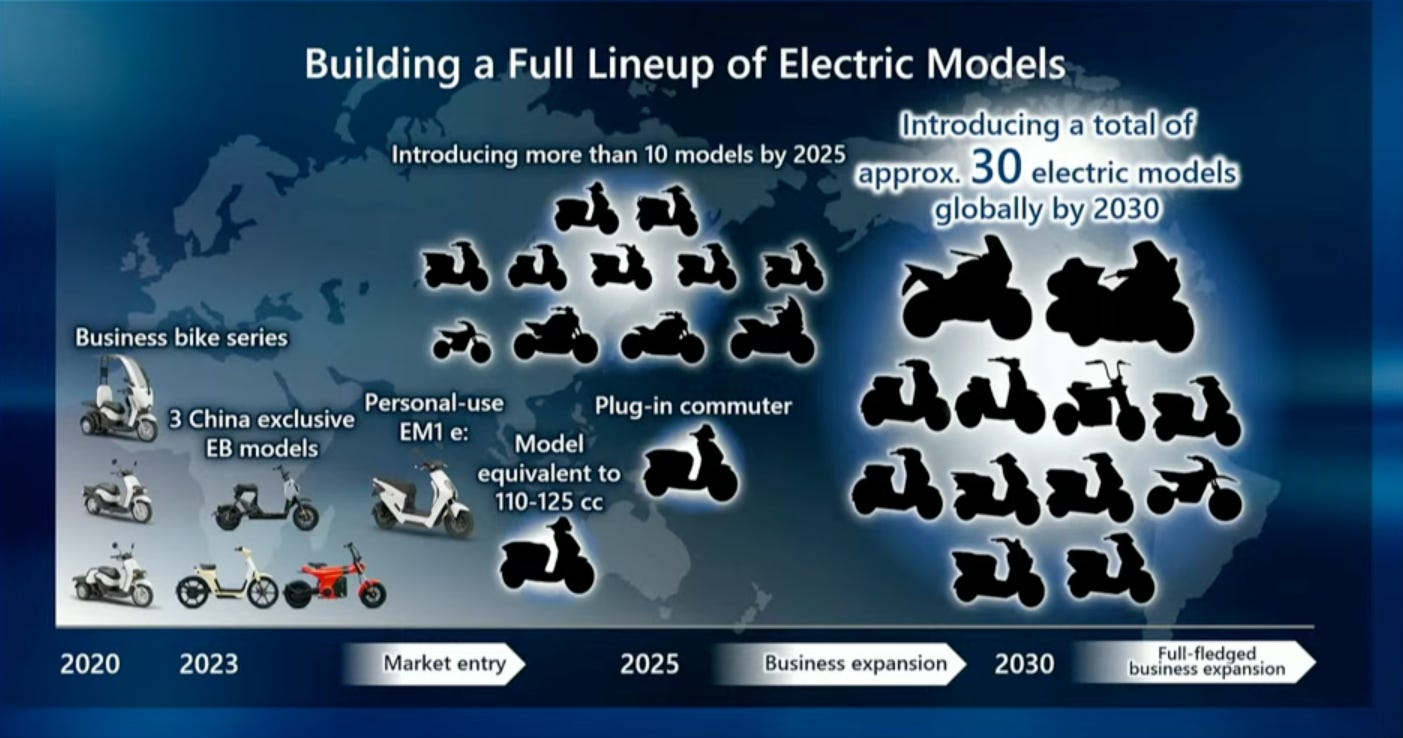
MPP needs to be universal
Honda is a global company that traditionally shares powertrains and aggregates across markets to deliver scale and profitability. The MPP plan calls for the format to be universal. We see that happening in markets like Japan, where Honda has an influence.
Things get murky in large geographies like Europe, where Honda has only an 11 percent market share. For the MPP to make an impact, more manufacturers have to adapt it as the standard.
As we will explore in detail later, things are even more challenging in similar large and high-volume geographies like India.
SBMC
Honda aimed for that with the Swappable Batteries Motorcycle Consortium (SBMC), formed in September 2021, with Honda, Yamaha, Piaggio, and Forsee Power as the core members and more than 30 other companies as participants.
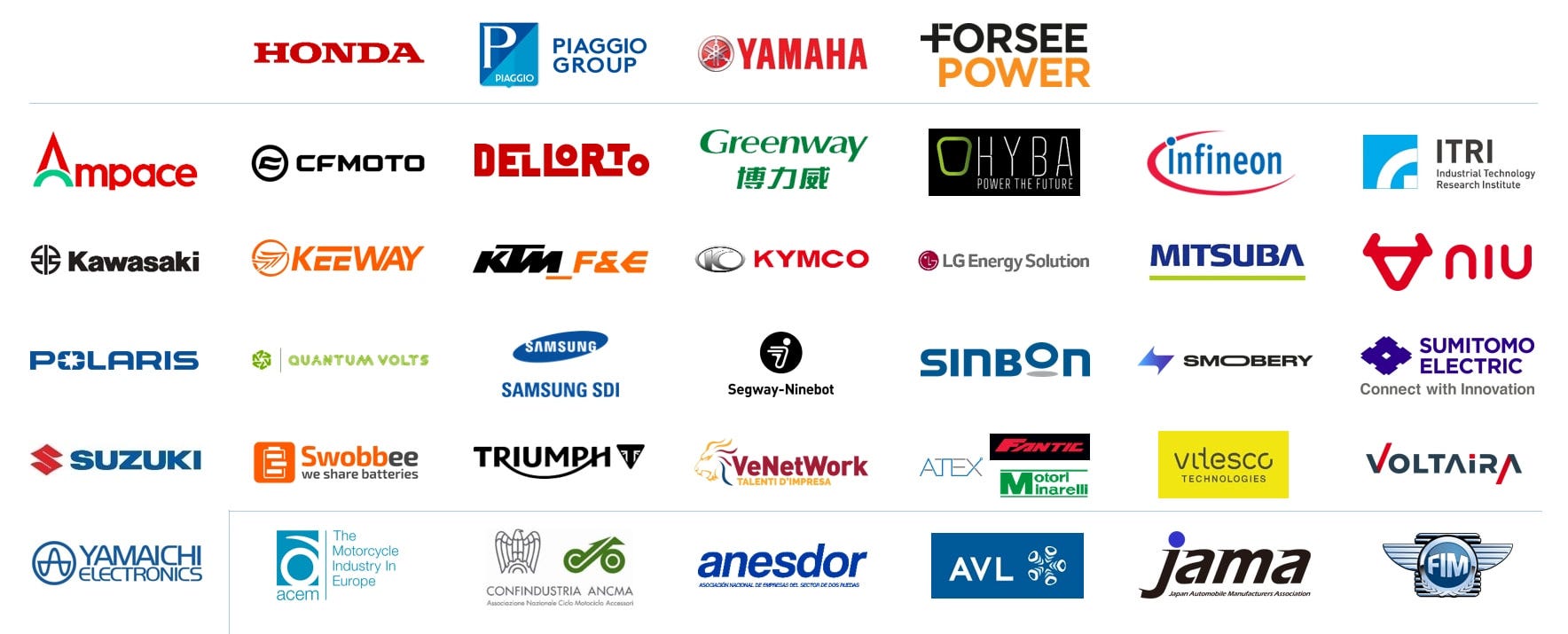
The SBMC aims to design a battery that would become the Europe-wide battery benchmark, and all member manufacturer brands would deploy vehicles around that. In the ideal scenario, this makes a lot of sense. However, SBMC’s progress has been slow, and member brands are already drifting away. The KTM e-Duke, Husqvarna e-Pilen, and the Vektorr scooter were designed around a portable battery format that would have aligned with the SBMC pack. But now we don’t see the e-Duke/e-Pilen/Vektorr being worked upon, and KTM is no longer a core member of SBMC, downgrading itself to regular membership.
For Honda, the ideal would have been for the SBMC battery standard to be the same as that of MPP. That does not seem to be happening now. If this does not happen, Honda’s European two-wheelers must be designed around different batteries.
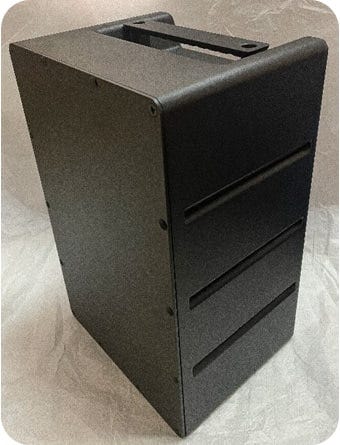
Things are slow in the Gachaco universe.
The other members aren’t moving fast within Gachaco, where Honda has undeniable leverage. Suzuki has been testing the electric Burgman Street (a 12’/10” commuter scooter with maxi-styling sold in India and a few other markets) for many years now. That’s a long development cycle for a commuter scooter.
Meanwhile, Kawasaki has launched a couple of electric motorcycles—the Ninja e-1 and Z e-1. However, the portable batteries come from Forsee Power, another SBMC core member. Looking at the square format of the MPP, we think fitting two of them inside the slim profile Kawasakis would have been a challenge.
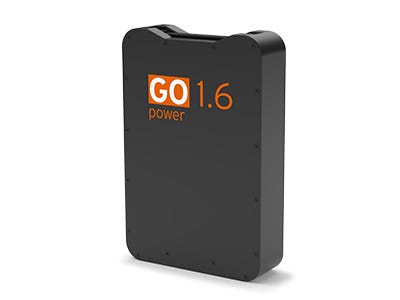
Meanwhile, Yamaha wasn’t moving fast for a Gachaco rollout, so this month, Honda reached an agreement to supply (co-badged?) Yamaha with versions of the Benly e: and EM 1 e: electric scooters.
MPP is not the only play
The MPP is not the only play that Honda has. A standardized 1.5 kWh swappable battery is not optimal beyond commuter scooters and low-end motorcycles. Honda’s presentation from November 2023 also carried silhouettes of large motorcycles – cruisers and something that resembled the Goldwing tourer. These cannot run on MPPs as they likely need HV systems.
More importantly, one slide also mentioned a plug-in scooter – a fixed-battery scooter. That is indicative that Honda would play both sides of the battery divide. We don’t know when.
The importance of the SC e: Concept
In September, in Tokyo 2023, Honda unveiled the SC e: concept electric scooter. This is a full-size commuter scooter with 12”/12” wheels and 2 x MPP as the energy source. Power comes from a mid-drive motor. In true Honda design philosophy of commuter scooters, the SC e: looks modern yet harmless. This is likely to serve as the base for Honda electric scooters in the Indian, ASEAN, and some other markets.
What’s with the e:?
Somewhere along the way, Honda has decided that all its electric two-wheelers will end with e:.
Duh!
Africa: Is Honda losing the plot?
There is a silent electric revolution in Africa as the BodaBodas electrify. Most of the electrification is led by rather Africa-unique, robust commuter motorcycles with swappable batteries. Honda has swappable batteries, but the ones deployed in Africa by operators like Spiro, Roam, and Ampersand are built for African conditions. The MPP appears too candy-ish and may not work for Honda in Africa.
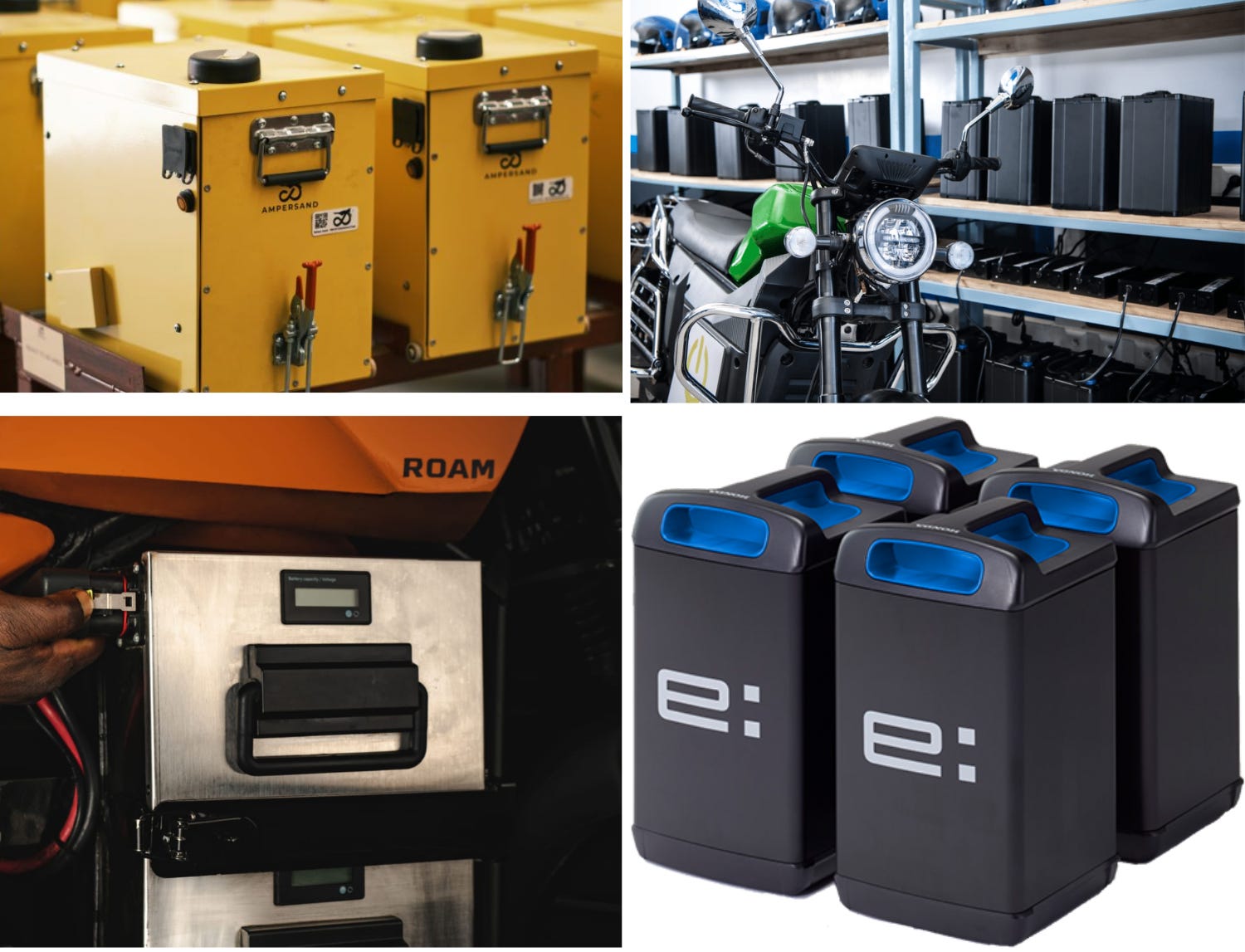
More importantly, Honda does not have a rugged commuter motorcycle in its future model portfolio. The African market has been ceded to the Chinese (TailG) and maybe the Indians if Hero, Bajaj, or TVS decide to play ball. Like Honda, the Indians don’t seem to be biting the electric bait, focusing instead on other fuels like CNG.
The Indian market question
Even in markets where Honda has traditional dominance—India—the market is firmly embedded in ICE. Activa and its siblings sell nearly 3.0m units in a good year, about half of the scooter market.
In recent years, EV penetration has increased sharply (around 15 percent for scooters), but upstarts like Ola Electric have stolen the EV thunder for now. Although the Benly e: has been tested in the country for three years, Honda is still preparing to launch an electric scooter. It remains the only big brand that has yet to enter the electric two-wheeler segment.
India is a large geography with huge two-wheeler volumes (around 20 million). Honda plans to roll out a battery-swapping network through a separate company, Honda Power Pack Energy India. This is more of a pilot currently running in one city – Bangalore – with a slow response.
It’s a chicken and egg situation: the scooters are not there to support the swapping, and the swapping network is not big enough to give confidence to the scooter buyers.
A full-scale rollout of battery swapping in a large market like India requires a multi-billion USD investment. That’s almost like putting the entire company at stake – Honda Motorcycles & Scooters India (HMSI) while betting on a new technology.
Most importantly, electric scooters are not very (if at all) profitable at Indian prices, while the ICE Activa scooter is a money-printing machine. Honda continues to face pushback from its local sales teams and dealer network, and the planned electric scooter based on the SC e: concept is already running late. The plant to manufacture the same will now start in December 2024. We expect the scooter to go to market, not before March 2025.
The other planned scooter, an e-Activa with a fixed battery, has also been delayed.
Honda has started offering the swapping network to other manufacturers to circumvent that. Three-wheeler manufacturers Atul Auto and Omega Seiki have signed on to become partners. These are small players, though, and any meaningful business would happen only when the swapping network and scooters both roll out. That needs billions. Honda has that.
That also needs conviction.
Honda doesn’t seem to have much of that.


